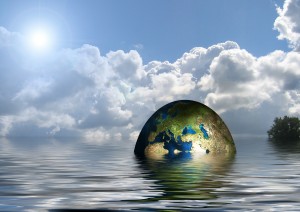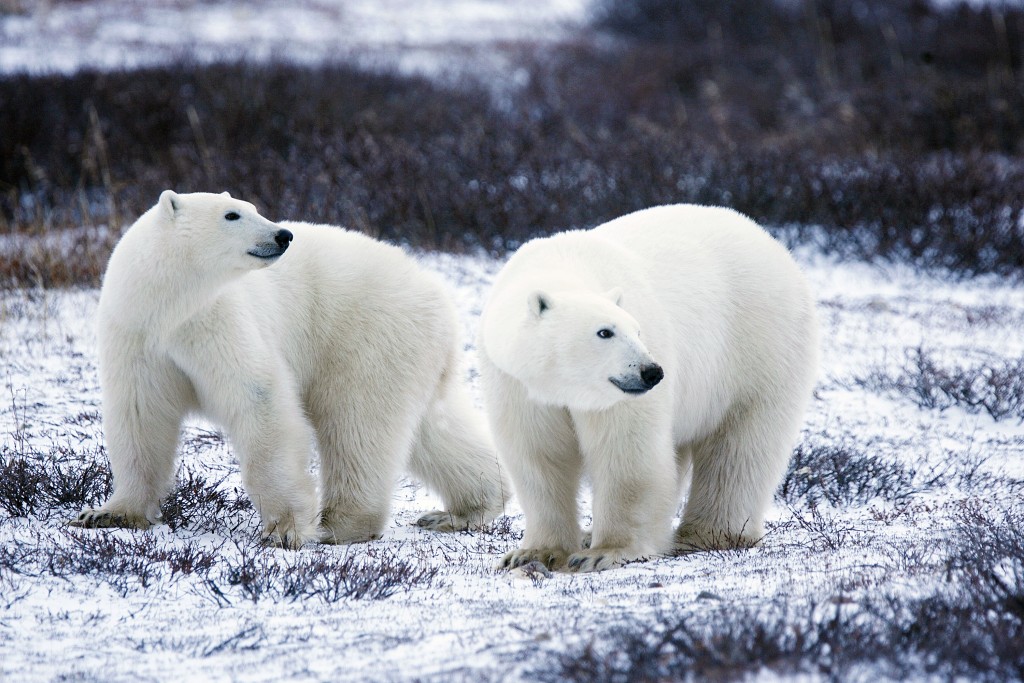As scientists continue to watch the North and South poles evolve, they are finding more research indicating that ice melting may be more severe than previously thought.
At the end of November, NASA worked on wrapping up its annual study on Antarctic ice. Operation IceBridge, as it’s known, is in its eighth year. As a part of the research, scientists flew over the Antarctic Peninsula’s Larsen C Ice Shelf. It was here that they measured a growing rift in the peninsula to gauge how it has evolved over time.
This year, they estimated that the fracture is about 70 miles long, more than 300 feet wide, and about one-third of a mile deep. Although it does not completely span the ice shelf, it currently cuts through it. In 2002, a smaller ice shelf that had a similar crack ended up disintegrating.
 “Inevitably, when you see it in satellite imagery or from a plane, you wonder what is going to happen when it breaks off,” said Joe MacGregor, IceBridge deputy project scientist and glaciologist.
“Inevitably, when you see it in satellite imagery or from a plane, you wonder what is going to happen when it breaks off,” said Joe MacGregor, IceBridge deputy project scientist and glaciologist.
Is Antarctic Ice Really Melting?
Some scientists believe that large chunks of ice melting at both caps. Polar ice on Dec. 4 was about 3.84 million square kilometers below the 1981-2010 average, according to satellite measurements. Researchers equated the results to roughly the size of India.
Worldwide, 2016 is also on track to be the warmest year on record. However, this rate of ice melt was not always common, nor was it always the case at both ice caps. For example, Antarctica once showed signs of sea ice expansion.
“When we began getting satellite data from 1979 the sea ice started to decrease,” John Turner of the British Antarctic Survey told Reuters. “Everyone said it was global warming … but then it started to increase again.”
The Effect on Earth’s Habitants
Humans will inevitably feel the effects of sea level rises and the changes in ice. However, polar bears may see the impact sooner rather than later.
Research from the U.S. Fish and Wildlife Service predicts that the global population of polar bears will likely decrease by 30 percent over the next 35 years due to melting Arctic ice. At the moment, there are thought to be 26,000 in the wild.
“Anthropogenic climate change is the primary threat to the species because, over the long term, global temperatures will increase and Arctic sea ice will decrease as long as atmospheric greenhouse gas concentrations continue to rise,” the authors wrote in their report.
Sources
Regehr, Eric. Laidre, Kristin. Resit, Akcakaya. Amstrup, Steven. Atwood, Todd. Lunn, Nicholas. Obbard, Martyn. Stern, Harry. Thiemann, Gregory. Wiig, Oystein. “Conservation status of polar bears (Ursus maritimus) in relation to projected sea-ice declines.” The Royal Society. Published Dec. 7, 2016.
“NASA Nears Finish Line of Annual Study of Changing Antarctic Ice.” NASA. Published Nov. 18, 2016.
Doyle, Alister. “Polar sea ice the size of India vanishes in record heat.” Reuters. Published Dec. 5, 2016.
